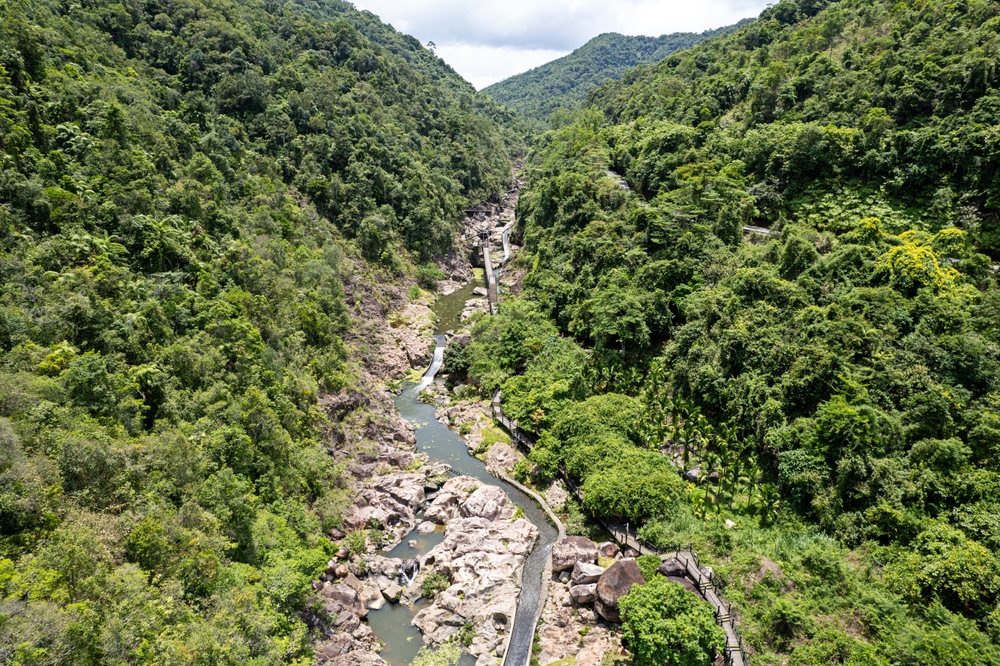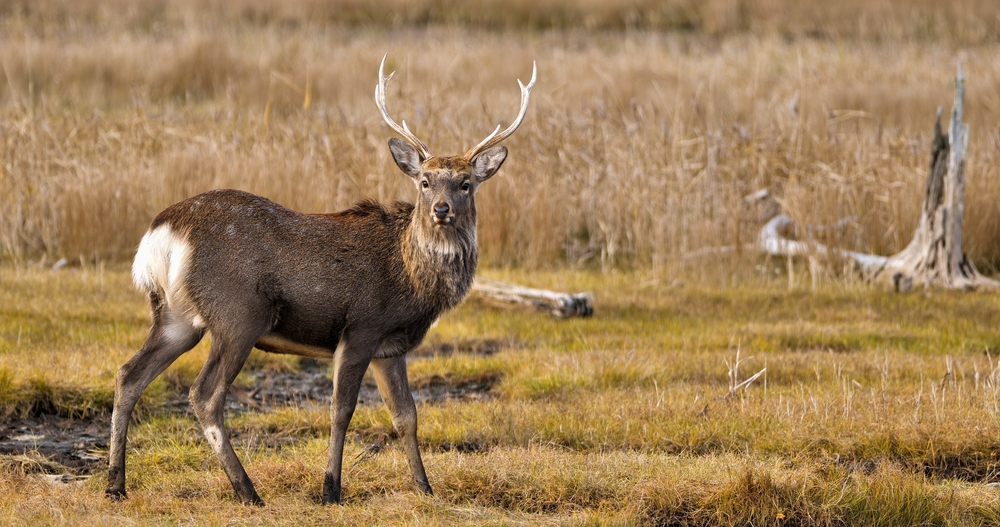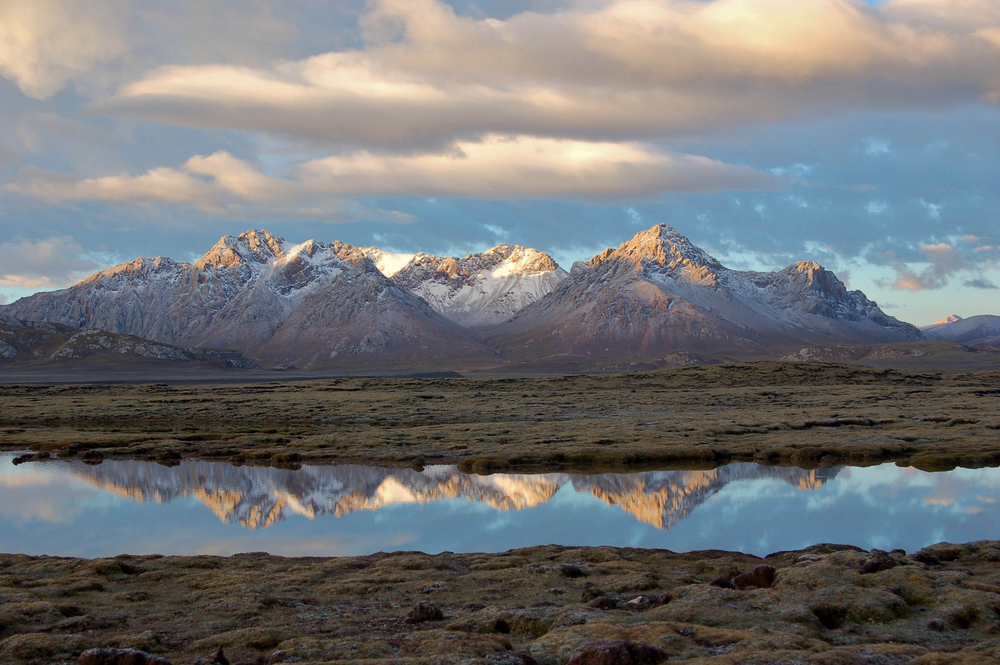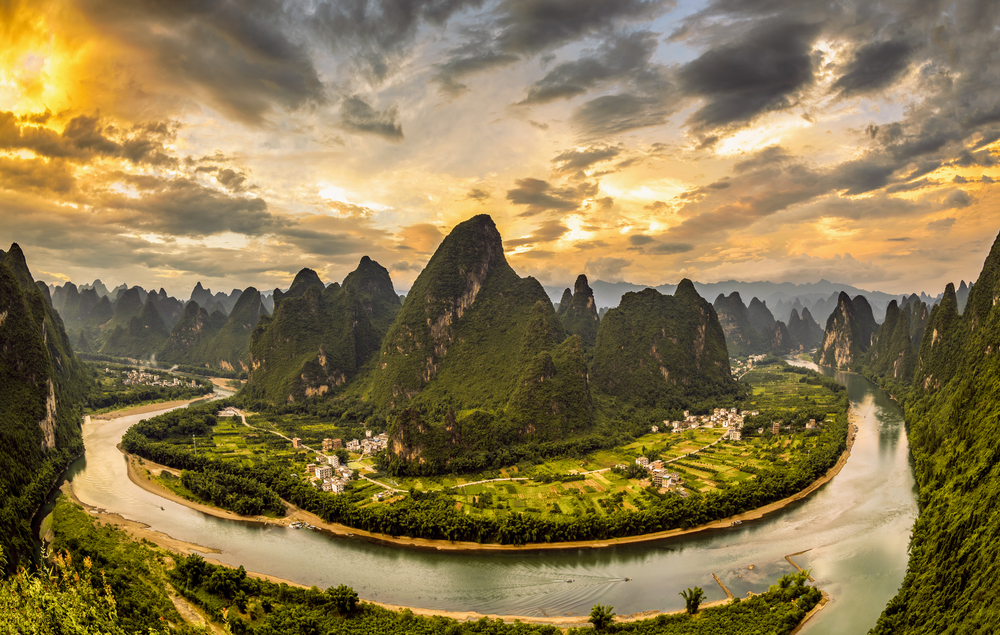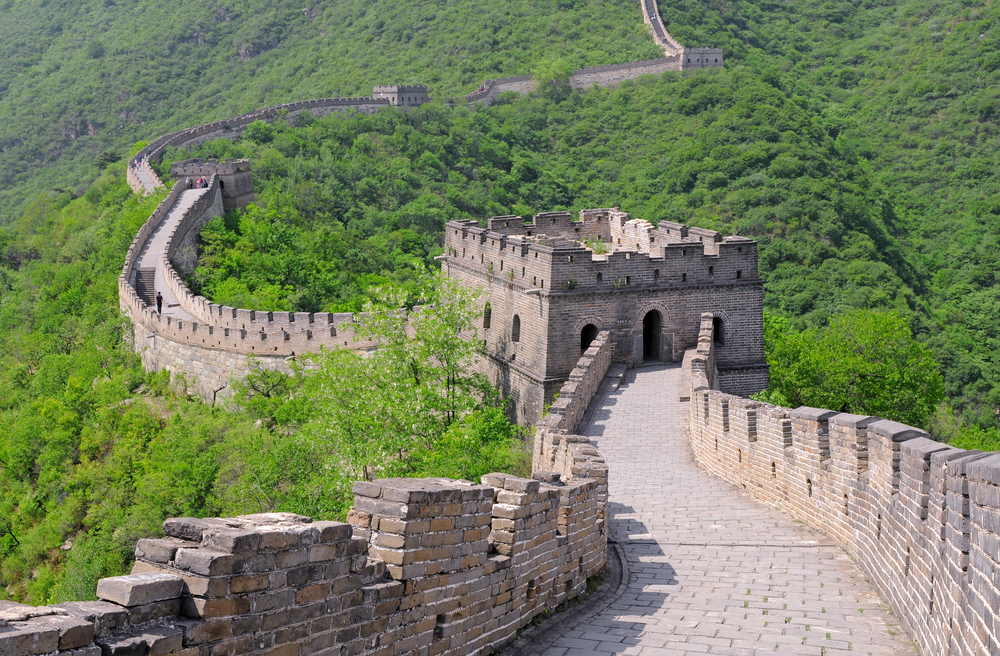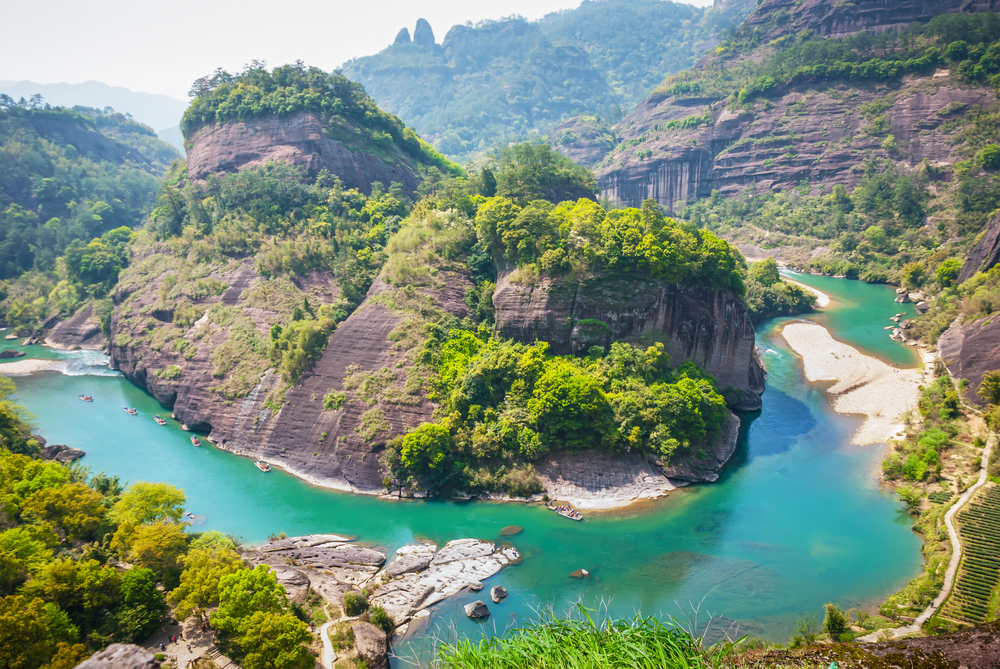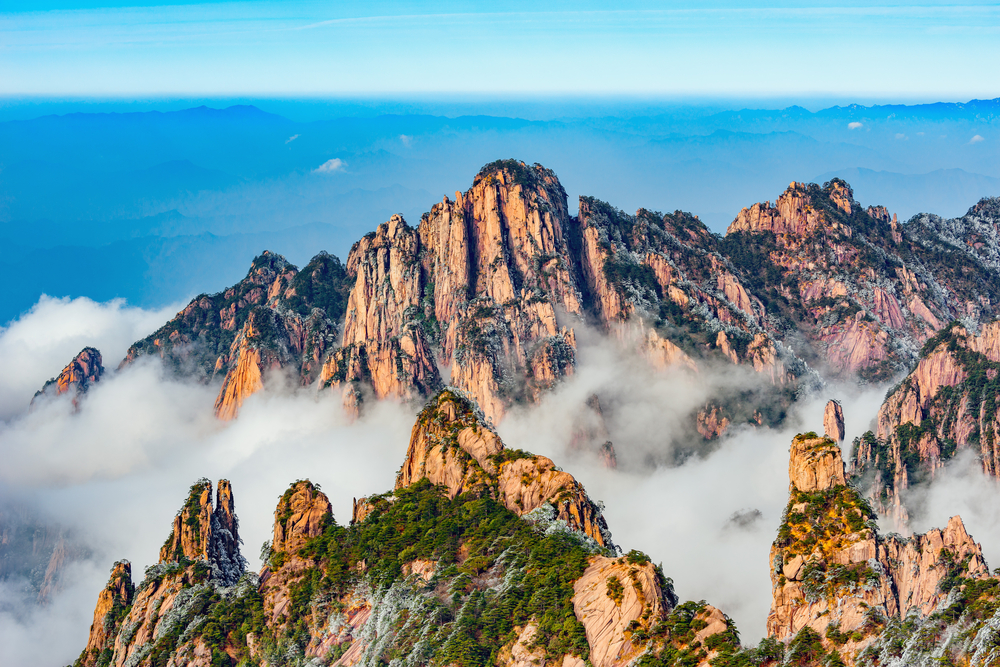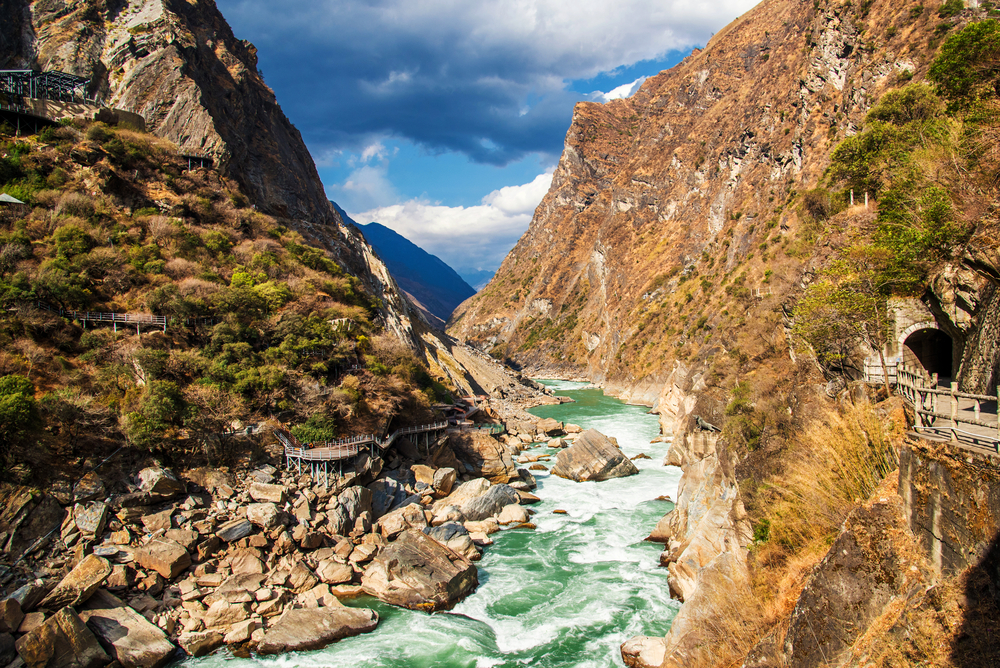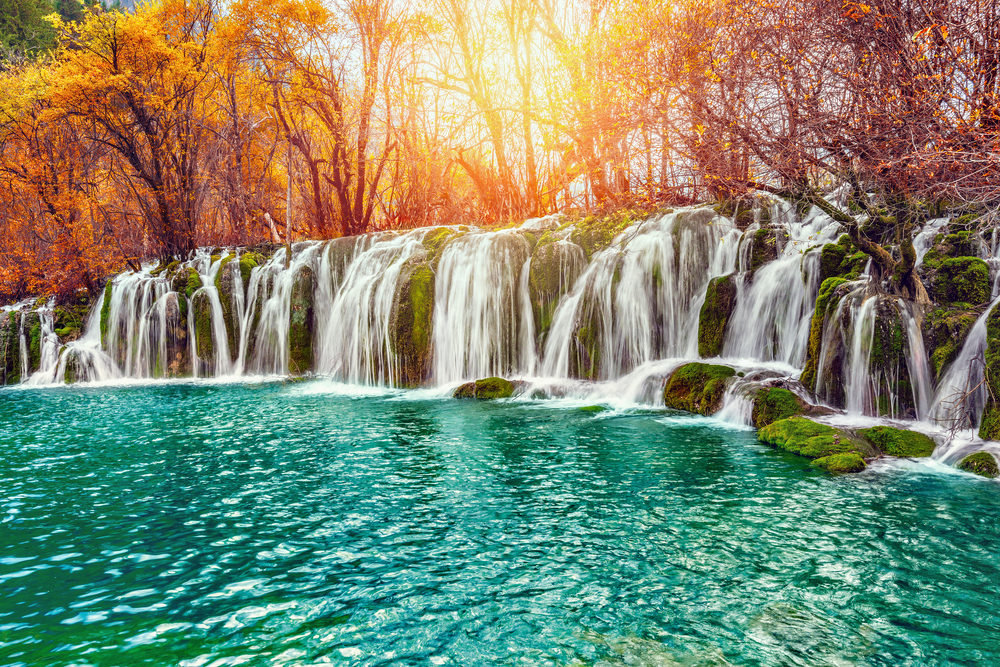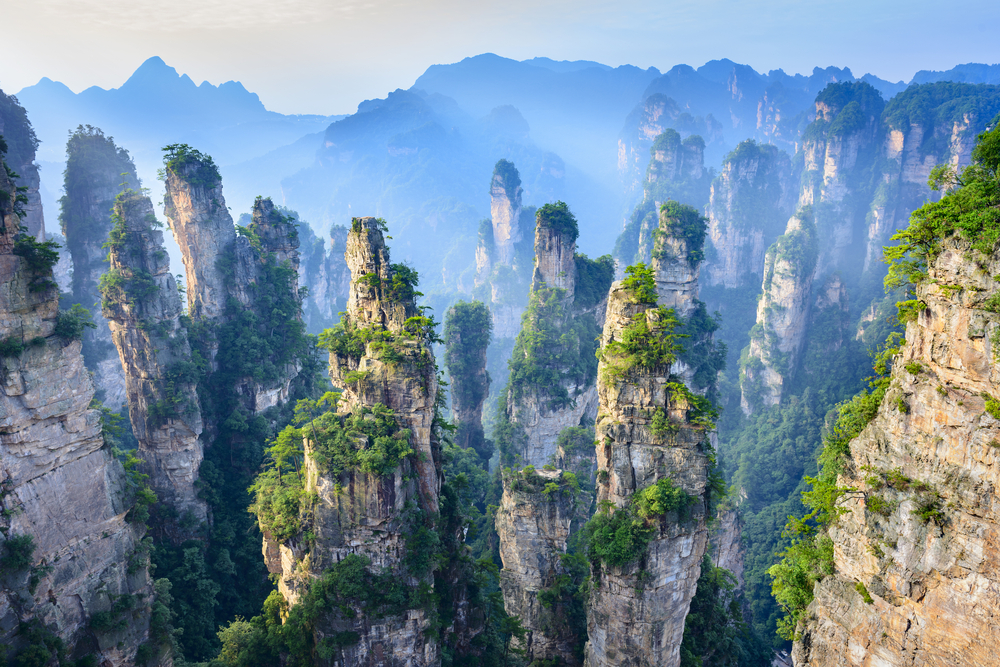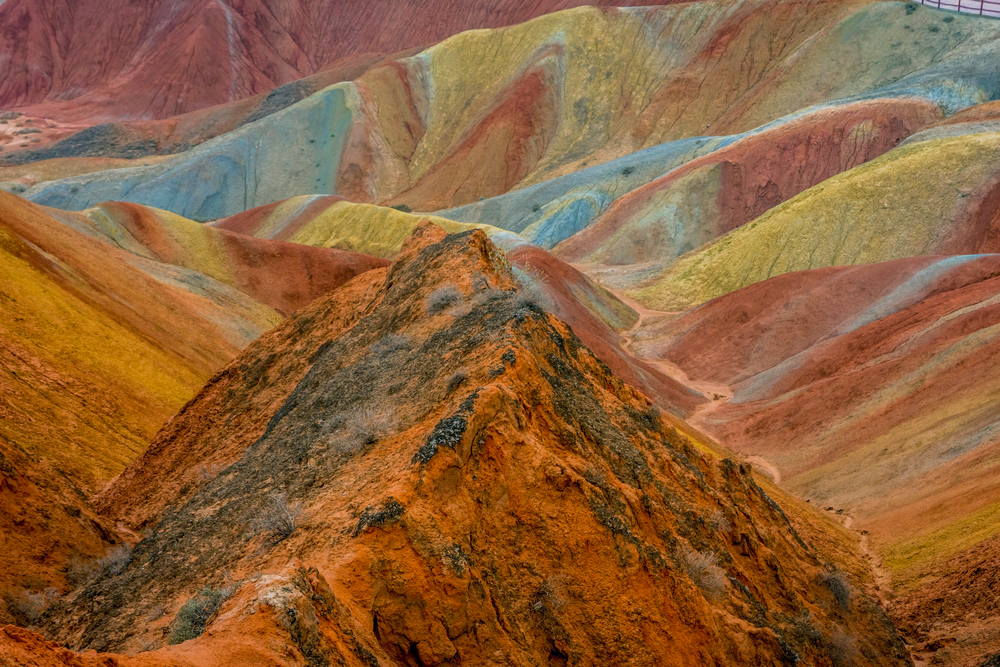China, a country of immense geographic diversity and cultural heritage, is home to 5 officially recognized national parks as part of a relatively new national park system established in 2021. These parks showcase some of the most breathtaking landscapes and rare ecosystems in the world, highlighting the country’s efforts to preserve its natural heritage amid rapid development. From towering mountain ranges to pristine wetlands, the national parks in China represent a variety of ecosystems and provide critical habitats for endangered species, while also serving as destinations for nature enthusiasts and adventurers.
Among the most popular is Sanjiangyuan National Park, located in Qinghai Province on the Tibetan Plateau. This park protects the headwaters of the Yangtze, Yellow, and Lancang (Mekong) rivers, crucial to water security for millions downstream. The park also shelters iconic wildlife, such as snow leopards and Tibetan antelope, thriving in its high-altitude grasslands and alpine ecosystems.
Another standout is Wuyishan Mountains National Park in Fujian Province, a UNESCO World Heritage Site known for its dramatic mountain landscapes, lush forests, and rich biodiversity. The park is famous for its Danxia landforms, tea culture, and ancient ruins, making it a hotspot for ecological and cultural tourism. Visitors often explore its bamboo rafting tours and intricate trails winding through lush, misty valleys.
The stunning Giant Panda National Park spans Sichuan, Shaanxi, and Gansu provinces, connecting habitats critical for the survival of the beloved giant panda. This park highlights China’s conservation achievements, as giant pandas have been downlisted from “endangered” to “vulnerable.” Besides pandas, the park is home to golden snub-nosed monkeys, takins, and diverse plant species thriving in its temperate forests.
Despite these successes, China’s national parks face significant conservation challenges. Habitat degradation, illegal poaching, and the pressures of tourism development are ongoing concerns. The rapid pace of economic growth sometimes places natural areas under threat from infrastructure projects or overuse by visitors. However, the establishment of a unified national park system reflects a growing commitment to environmental stewardship. Authorities are focusing on integrating local communities into conservation strategies, fostering sustainable tourism, and restoring degraded ecosystems. Although currently featuring five national parks, China has several proposed provisional protected areas under consideration for joining the country’s collection of national parks.
China’s national parks offer a glimpse into the country’s rich natural tapestry, blending conservation efforts with opportunities for exploration. They represent a promising step forward in protecting the unique biodiversity and landscapes that define this vast and varied land.











































































